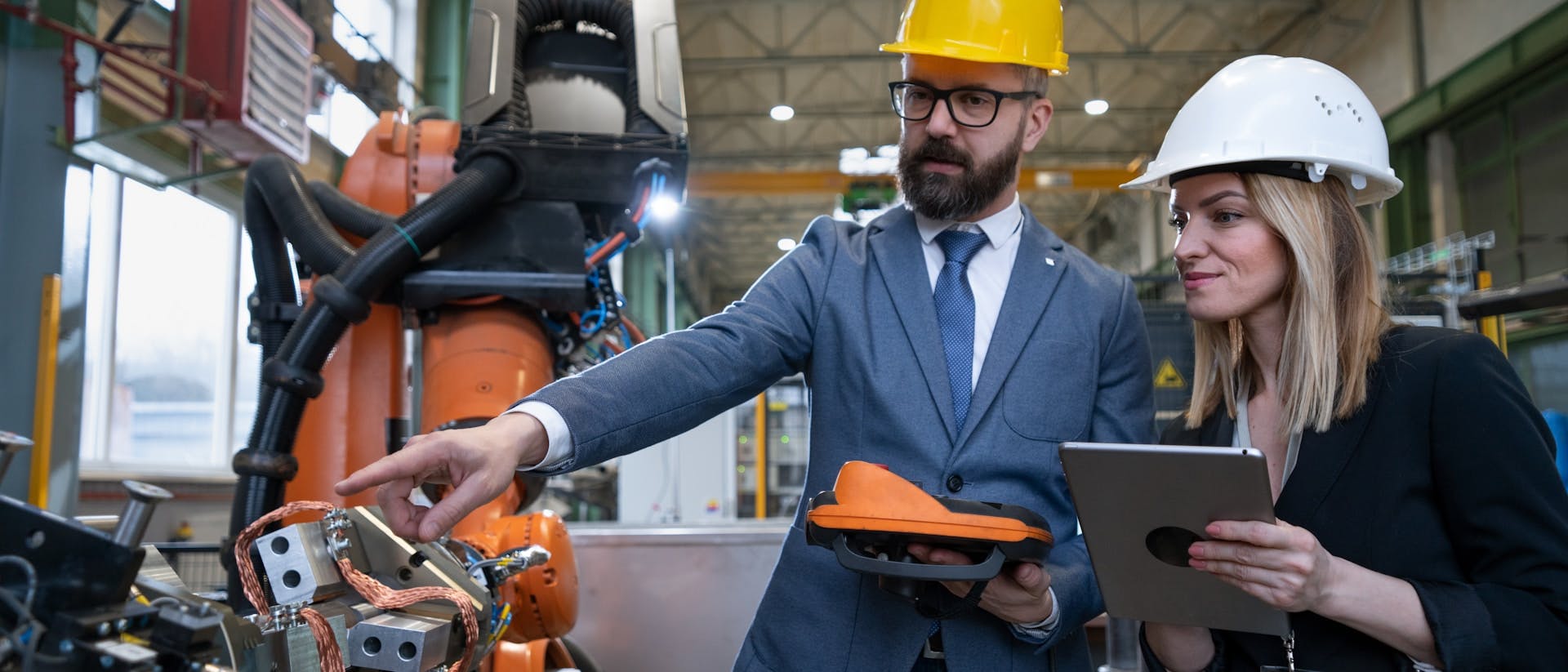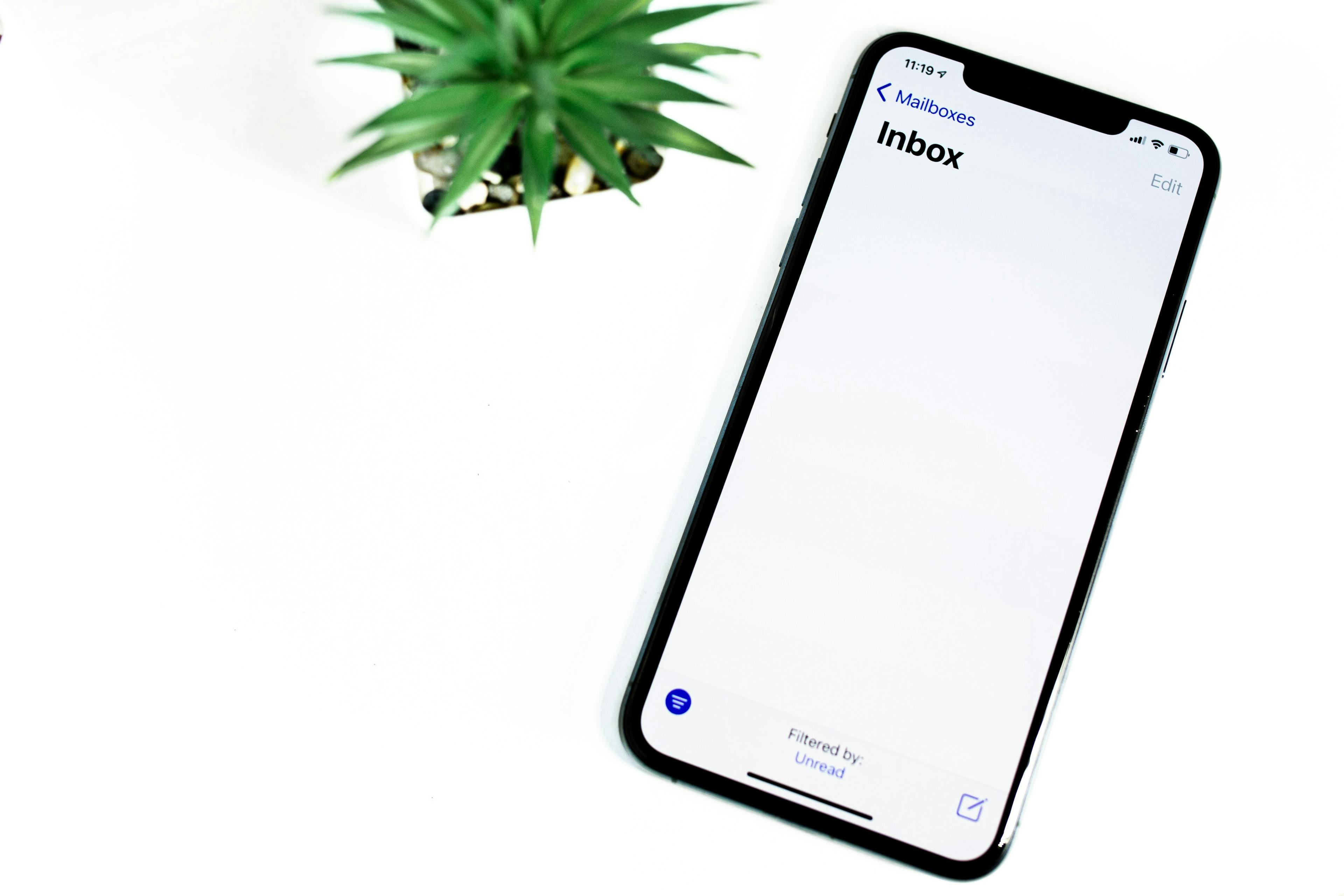Effective Communication Strategies for Deskless Workers


Ensuring effective communications for deskless workers is crucial. These employees, who often work without desks or company email, face challenges in staying connected. Businesses need to find ways to improve engagement and information sharing tailored to these workers. By adopting strategies suited to non-desk employees, organizations can enhance communication and build a more connected workforce.
Challenges in Communicating with Deskless Workers
Deskless workers face significant communication challenges that hinder their engagement and productivity.
Understanding Limited Access to Digital Tools
Deskless workers represent 70% to 80% of the global workforce, including roles in industries like retail, healthcare, and construction. Despite their prevalence, they often lack access to digital tools, making it challenging to reach employees without email. According to SHRM, 62% of deskless workers report limited computer access during work hours, which hinders their engagement with organizational communications.
Addressing Isolation Due to Irregular Schedules
Irregular schedules and a lack of face-to-face communication contribute to a sense of isolation. Many deskless workers feel disconnected from their organizations, with 40% feeling out of touch with management and 85% indicating insufficient communication on the job, as highlighted by Connecteam.
Recognizing the Impact of Communication Barriers and Language Barriers
Communication barriers significantly affect deskless workers, particularly in industries that employ multilingual and multicultural teams. Without regular access to digital tools or effective communication methods, these workers face challenges in understanding critical updates, safety protocols, and company policies. Language differences further exacerbate this issue, making it difficult to ensure all employees are equally informed and engaged. These barriers often lead to less collaboration, lower job satisfaction, and higher turnover rates.
To overcome these challenges, companies need to adopt mobile-first solutions and alternative communication for non-desk workers such as SMS-based platforms with AI-powered translations, to ensure every worker stays connected, informed, and included. By addressing both logistical and language barriers, organizations can foster a more inclusive and productive workforce.
Mobile-First Approach and Tools for Deskless Workers

Using a mobile-first approach is crucial for communicating with deskless workers. Since many lack regular access to traditional office tools, mobile devices become their main communication method.
Enhance Communication with Mobile-Friendly Solutions
Mobile messaging allows real-time communication, letting non-desk workers stay connected with their teams wherever they are. SMS messages are quick and direct, ensuring important information reaches employees promptly. Since many deskless workers may not have smartphones or constant internet, SMS is a universally accessible method of communication. A mobile-first approach optimizes interactions for quick and easy access, which is vital for workers who only have brief moments to check their devices.
Utilize Tools Supporting a Mobile-First Strategy
Various tools support a mobile-first approach, ensuring effective communication for deskless workers. SMS platforms offer features like two-way messaging, scheduled messages, and even offline capabilities, making them valuable in areas with limited connectivity. These tools improve communication efficiency and contribute to higher employee satisfaction. Since 85% of deskless workers are dissatisfied with current communication methods, adopting such mobile-friendly tools can significantly help in overcoming communication barriers.
By using mobile-first tools, organizations can create a more connected and productive workforce, leading to improved operational efficiency and employee engagement.
Multi-Channel Communication Tactics
Using multiple communication channels helps in effectively reaching deskless workers. By using SMS and task management tools, you can improve communication and increase workforce engagement.
Implement SMS for Immediate Reach
SMS is a key part of this strategy because it can reach employees quickly and reliably. Using a mass texting service, with a 90% open rate within the first five minutes, ensures critical updates are delivered almost immediately. This speed is particularly beneficial for urgent notifications. Comparing texting vs email, SMS provides faster and more reliable communication with deskless workers.
Utilize Task Management Tools for Organization
Using task management tools in your communication strategy helps you organize and prioritize tasks effectively. These platforms assist in assigning tasks and tracking progress, ensuring deskless employees remain aligned with company goals.
By using these multi-channel approaches, you can ensure your deskless workforce remains informed, engaged, and productive. As shown in effective employee communication examples, these strategies can greatly enhance engagement.
Importance of Real-Time Updates and Notifications
Because deskless workers' roles are dynamic, they need access to real-time updates to maintain productivity and engagement. Whether it's a sudden change in shift schedules or urgent safety alerts, timely communication is crucial to prevent misunderstandings and ensure smooth operations.
Organizations should prioritize real-time messaging, such as text messaging for non-desk employees, which has a 90% open rate within five minutes. This speed is important for operational efficiency and reducing turnover, as informed employees are better able to handle client interactions effectively.
Using tools like SMS allows companies to send critical updates directly to employees' mobile devices, highlighting the SMS communication benefits. Improving communication methods can enhance deskless workers' connection and engagement with the organization.
Strategies for Two-Way Communication and Feedback
Creating effective two-way communication channels is essential for engaging your deskless workforce. When employees can share their thoughts and receive responses, it builds a more connected and collaborative environment. Here’s how to enable effective feedback mechanisms:
Enable Response Mechanisms for Engagement
To make communication two-way, use tools that allow real-time interaction and support scheduling and automation. Mobile-friendly platforms are important because they enable communication regardless of location. Consider using secure SMS-based messaging systems for direct communication. This approach helps address immediate concerns and builds trust.
Conduct regular pulse surveys and polls to gather valuable insights into employee needs and satisfaction. Utilizing efficient employee survey distribution methods ensures maximum participation among deskless workers. These surveys should be easy to access and complete, ideally through mobile devices that deskless workers frequently use. Encouraging managers to maintain open dialogues with their teams is another effective way to gather feedback. Regular check-ins and daily communications can serve as platforms for employees to voice concerns and suggestions.
By actively implementing these strategies, you create an environment where deskless employees feel heard and valued, leading to improved engagement and job satisfaction. For more information on effective communication strategies, visit WorkBuzz's blog on engaging deskless employees.
Tailoring Communication to Deskless Worker Needs
Communicating effectively with deskless workers requires customizing messages to ensure they are relevant and clear. These employees often work in dynamic environments and may not have regular access to traditional communication tools, so personalization becomes vital.
Customize Messages for Relevance and Clarity
To make communication effective, tailor messages to the specific roles and environments of your deskless workforce. Use simple, clear language that gets straight to the point. Providing concise information that directly relates to their daily responsibilities helps deskless workers stay informed and engaged.
Segment communication based on job function or location to enhance relevance. For example, workers in construction might need updates on safety protocols, while retail employees may appreciate notifications about new product launches. Also, use a mix of communication methods—text, audio, or video—to cater to different learning preferences, ensuring your message is accessible to all employees.
By tailoring communications this way, you increase the likelihood that your deskless employees feel connected and valued, which is essential for maintaining high engagement levels.
Training Managers to Communicate with Deskless Teams
Managers play a crucial role in improving communication with deskless teams. Given that only 36% of deskless workers view their line managers as accurate sources of information, training these managers becomes important.
Equip Managers with Effective Communication Skills
Effective communication starts with managers having active listening skills and the ability to use communication tools proficiently. This involves clear and concise interaction, which is vital for transmitting essential information.
Practical steps for managers include regular check-ins and using mobile technology to ensure messages reach their teams promptly. By serving as reliable communication channels, managers can help build community and engagement among deskless workers, who often lack access to traditional communication tools. Encourage feedback through structured methods, creating an environment where deskless employees feel heard and valued.
This two-way communication not only enhances engagement but also strengthens the overall connection between the organization and its workforce.
Strengthening Connections with Your Deskless Employees
Connecting with your deskless workforce doesn't have to be a difficult challenge. By using the right strategies and tools to engage with non-desk employees, you can build a more engaged, productive, and satisfied team. Mobile-first approaches, real-time updates, and tailored communications are all important. To truly improve communication, you need a solution designed for non-desk employees.
That's where Yourco comes in. As a leading SMS-based employee app for the non-desk workforce, Yourco offers features like two-way messaging and scheduled messages that fit smoothly into your employees' daily routines. Since it uses SMS technology, Yourco ensures that important updates reach your team instantly, no matter where they are or what device they're using. With its user-friendly interface and focus on direct communication, Yourco helps your managers and employees stay connected, share feedback, and work more efficiently.
Ready to improve the way you communicate with your deskless employees? Try Yourco for free today or schedule a demo and see firsthand how the right communication solution can enhance engagement and benefit your organization.


